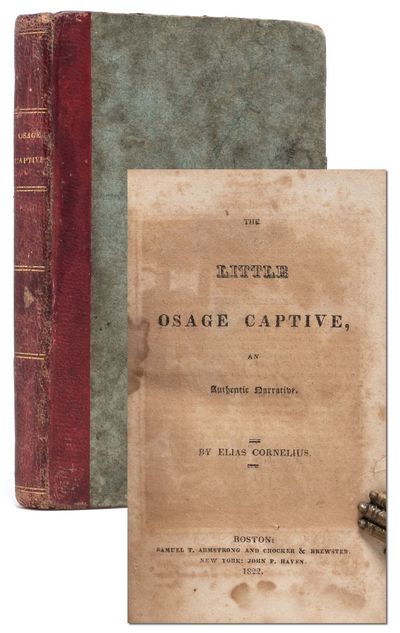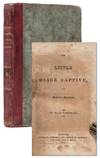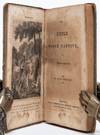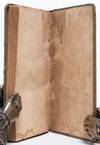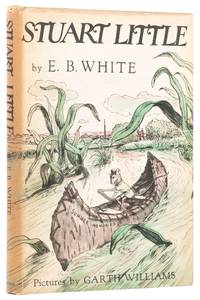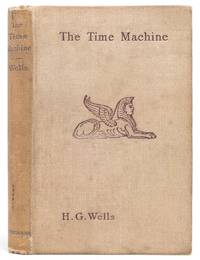first edition
1822 · Boston
by [Captivity Narratives] Cornelius, Elias
Boston: Samuel T. Armstrong, 1822. First edition. Very Good. Publisher's red roan over blue paper-covered boards. Sixteenmo. 108 pp. Complete with frontispiece and one other plate. Gilt-titled spine. Paper over boards chipped and dustsoiled. Contemporary ink ownership signature (Mary Ann D Parker) to front verso of frontispiece. Toning to endpapers and some foxing throughout. Still a Very Good copy of this unusual captive narrative.
This captivity narrative, written for a young audience, differs from others in the genre by the racial dynamics of the captive and captors: Lydia Carter (as she was later renamed after her white benefactor), a (truncated)
This captivity narrative, written for a young audience, differs from others in the genre by the racial dynamics of the captive and captors: Lydia Carter (as she was later renamed after her white benefactor), a (truncated)
